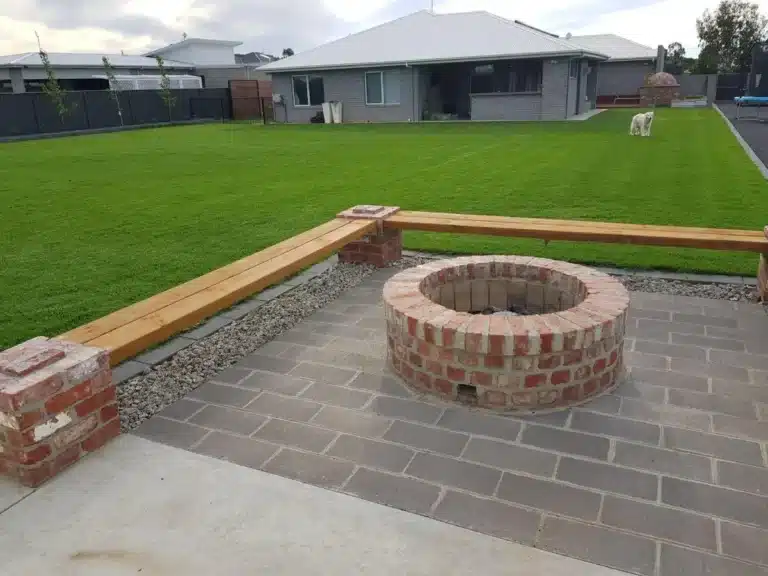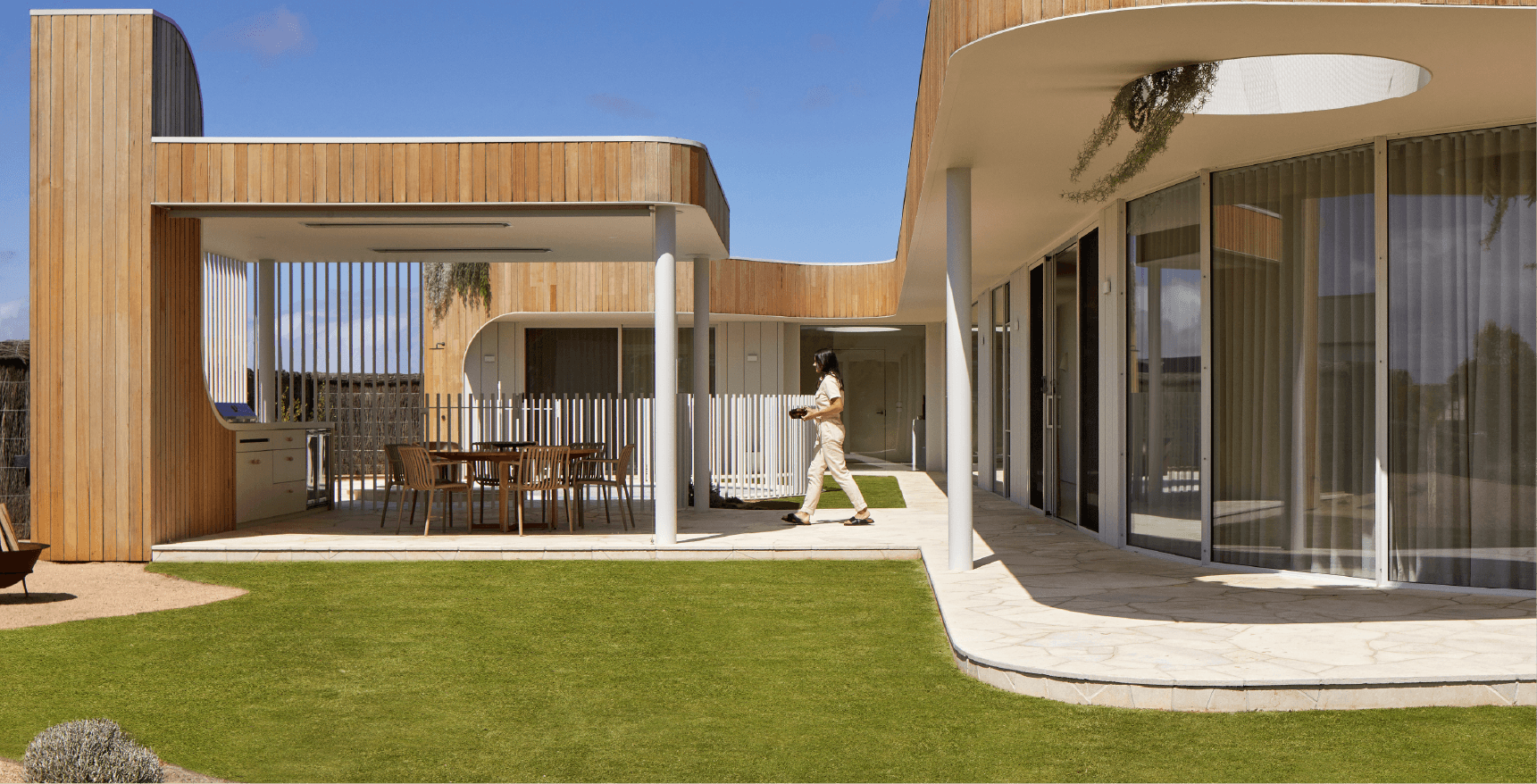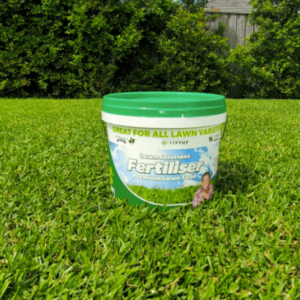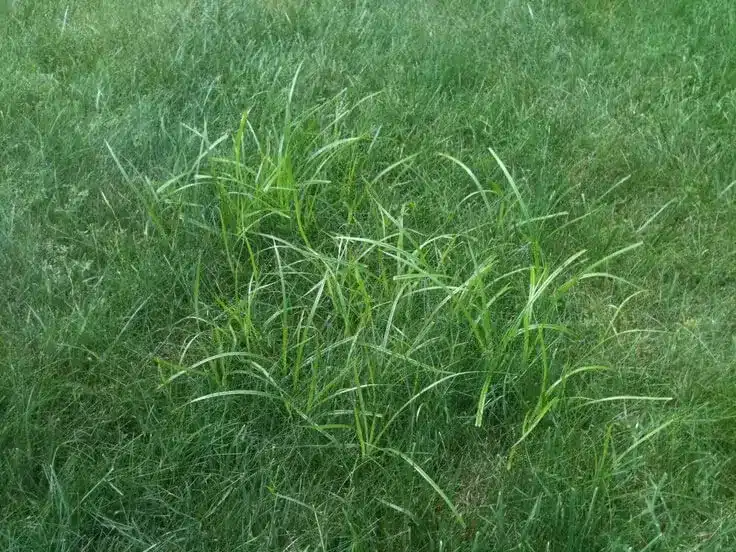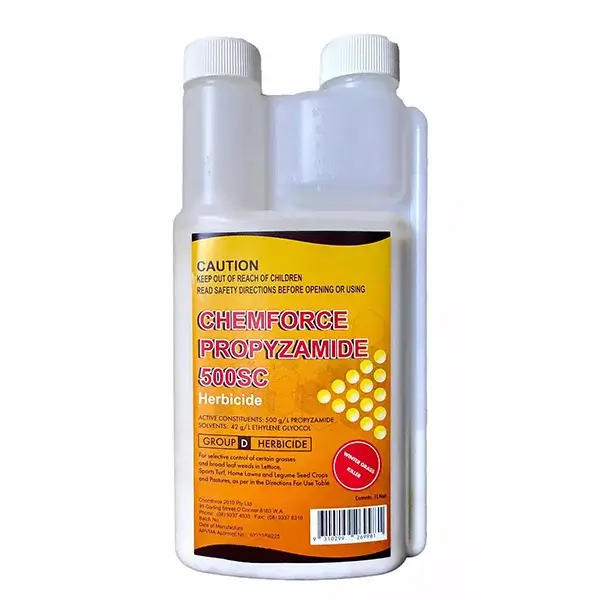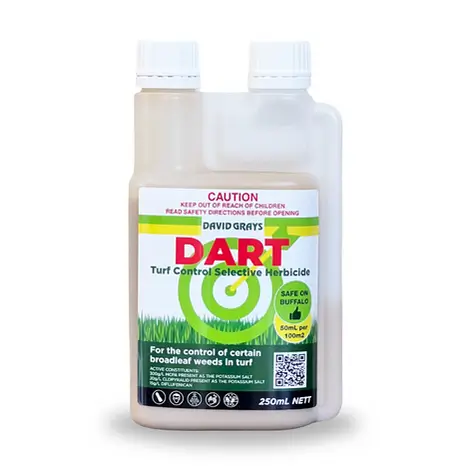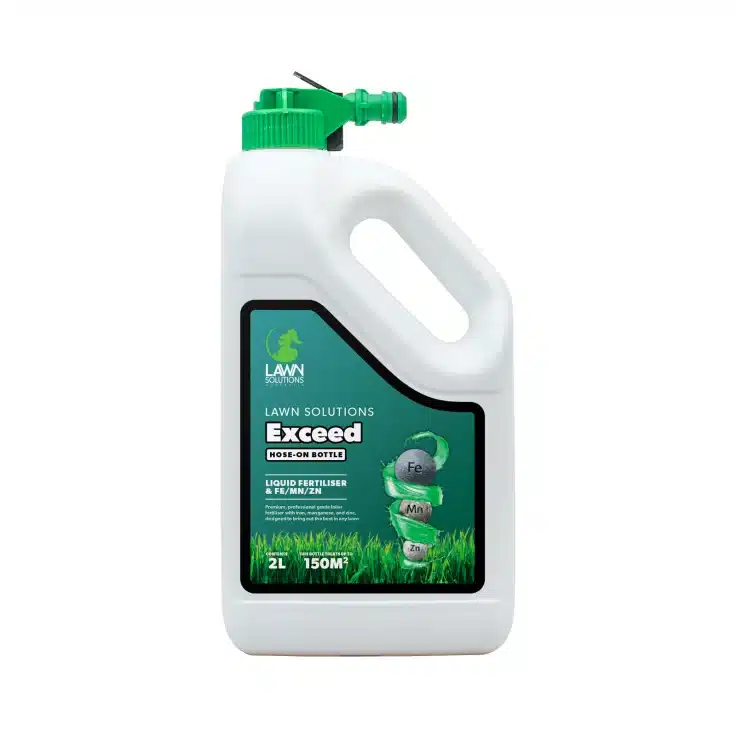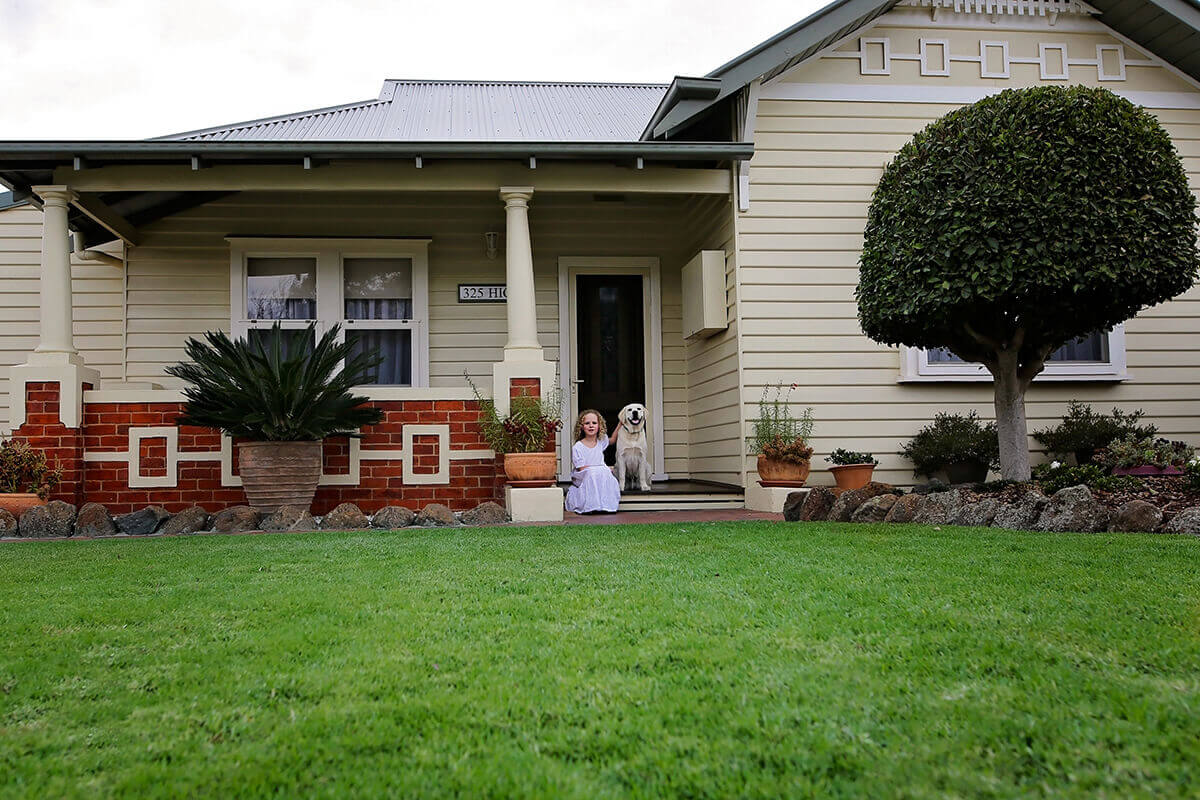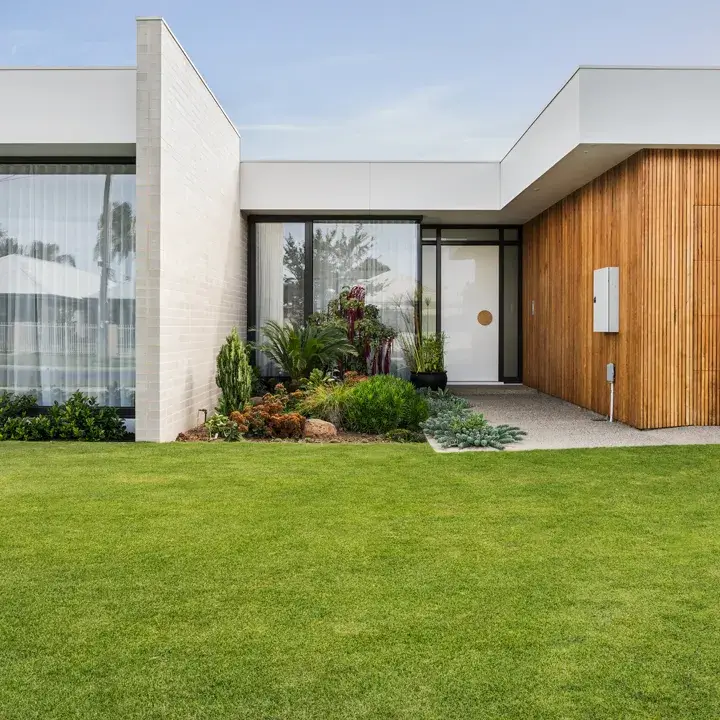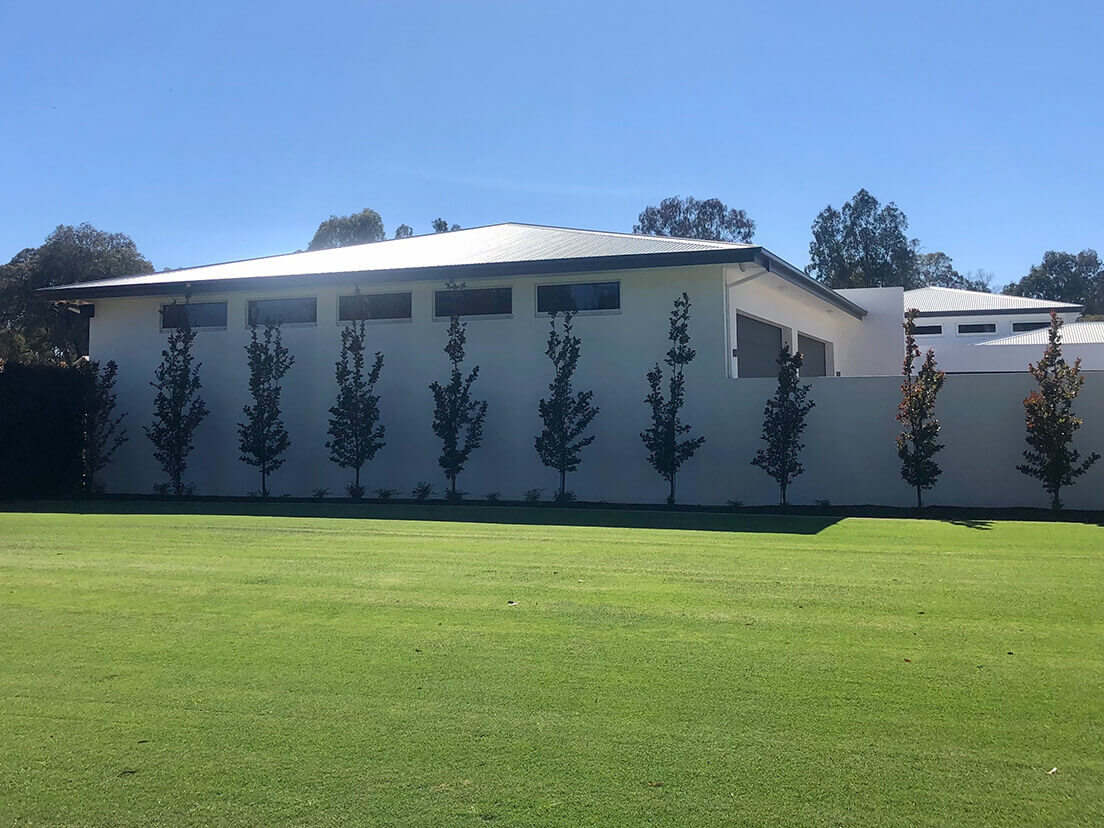The weather might be cooling down, but that’s no excuse to stop spending time in your backyard! Simple DIY projects can create an outdoor ambiance to help you enjoy the winter months while providing all-year outdoor entertaining.
It’s fair to say that we Aussies love the time spent in the backyard. And apart from the humble barbie, there’s something else that always proves to be a real crowd-pleaser - the backyard fire pit.
There’s nothing better than gathering around the roaring flames, drink in hand, and having a yarn or even a singalong as the night goes on.
No matter the size or layout of your outdoor area, installing a fire pit will take your outdoor entertaining game to a whole new level!
Planning tips before you begin with your project
Fire pits come in all shapes and sizes. Depending on your yard space, you can choose to build a portable fire pit or a permanent pit.
If you’re a beginner or have a small space, it’s generally a good idea to start off with something portable, so you can move it around or put it away when not in use.
If you are opting for a permanent fire pit, then make sure you choose the right spot for it. Have a scan of the area and make sure there aren’t any fire hazards such as overhanging trees or structures. Typically, you should choose a grassy area that’s at least 3 metres away from buildings, structures, trees, and fences.
Finally, before you begin buying the tools and equipment to build a fire pit, check the recreational fire codes for your area. You can do this by calling your local council or visiting their website. Some council laws may prohibit backyard fire pits without a permit.
What you need for a perfect backyard fire pit
Here is a list of tools and materials you will need to build a fire pit. You will find all of these at your local hardware store:
Tools:
- Brick hammer
- Bucket
- Shovel
- Leveler
- Wheelbarrow
- Stake
- String
- Rake
- Tamper
Materials:
- Spray paint
- Gravel to fill pit
- Coarse concrete sand
- Pavers/concrete landscaping stones
- Masonry adhesive
- Modular retaining wall units
Tools & materials for building a portable fire pit
If you’re wanting to build your own portable fire pit, you can do so by salvaging an old washing machine drum. This is one of the cheapest and easiest ways to build a fire pit that you can move around - and it looks great too!
- Old washing machine drum with all plastic parts removed
- High heat spray paint
- (4) 1/2" black iron pipe 18” long
- (4) 1/2” back iron floor flange
- (4) 1/2” black iron 90-degree street elbow
- (4) 1/2" black iron cap
- (16) stainless steel wing nuts – 8-32
- metal mallet
- (2) large pavers to go under fire pit (optional)
4 steps to build a permanent fire pit
Follow these easy steps for your DIY permanent fire pit. If you prefer to build a portable fire pit, keep scrolling.
Step 1: Outline the fire pit
Site the pit on a flat area. Place the stake at the centre of your desired circle then attach a string from the stake to your spray paint and mark a circle. Dig the earth out from inside the circle to about 18 inches deep.
Step 2: Create a level base
Fill the pit with 6 inches of gravel. Rake and tamp out to make a level, solid base. Then spread a layer of coarse sand before tamping and leveling again.
Step 3: Mark out the inner circle
Use your stake, string, and spray paint to mark an inner circle for placing the first layer of retaining wall units. If you’re using a fire ring, place it in line with the painted circle.
Step 4: Start stacking your pavers
Place the first row of retaining wall units in a circle, using the mallet, sand, and gravel to set them in place. Keep on adding your rows of retaining wall units, gluing in place with concrete adhesive.
4 steps to build a portable fire pit
For building your own portable fire pit, follow these steps:
Step 1: Prep washing machine drum
Clean out the drum using warm, soapy water. Remove any plastic parts. Then, take a metal mallet and hammer down the rim of the drum to fold down any sharp edges.
Step 2: Paint the drum
Spray the drum and the iron pipes and fittings with high heat spray paint in your chosen colour. Black always looks timeless, but you can use any colour you like.
Step 3: Assemble legs and secure legs
Add a cap to the 18” pipe, then attach the pipe to the elbow. Attach the elbow to flange to form a leg. Make sure the fittings are tight and lined up so that your legs will stand up straight. Next, attach legs to the drum by tilting the drum on its side. Line up flange holes with holes in the drum and place machine screws through the hole in the flange.
To secure the legs, place wing nuts on the back of the screw on the inside of the drum.
Step 4: Place on pavers
Use pavers or a heat-proof surface to place your portable pit on. Fill the drum with logs, light, and enjoy!
Safety tips for building a fire pit
Fire pits are a fantastic way to spruce up your backyard and create a welcoming space that can be enjoyed by all. However, families, especially those with young children, need to exercise caution around fire pits. Burn injuries account for around 5,300 fire-pit related injuries and emergency room visits each year. A quarter of these injuries are in children under 5.
To prevent risk of injury, make sure you follow these fire pit safety tips:
- Keep a safe distance from fire at all times
- Never light your fire pit when it’s windy
- Always keep a shovel and water on hand if you need to smother an out of control fire
- Don’t wear highly flammable clothing or shoes
- Never leave the fire unattended
- Never leave children unattended around a fire
- Keep spare firewood a safe distance away from pit
- Teach kids to stop, drop and roll
Enjoy your outdoor space all year
Fire pits not only add some elemental excitement to your outdoor space, but they’re a great way to enjoy your backyard over winter. Better still, they’re relatively cheap and easy to build and can even add value to your home! If you’re looking for a DIY backyard project to do this winter, give it a crack! Or, explore our other DIY projects to improve the look of your backyard while making it functional over the cooler months.
Contact our friendly team today for more outdoor advice or turf-related inquiries.

